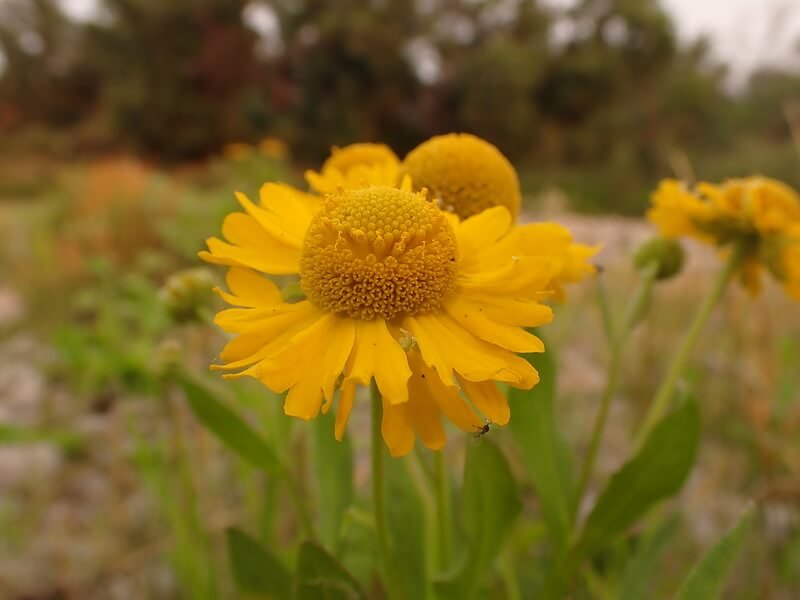Russet Buffaloberry (Shepherdia canadensis)
Russet Buffaloberry, aka Soapberry, is an uncommon shrub that produces edible, but somewhat bitter red berries. This adaptable shrub is the host plant to 23 different species of butterflies and moths in our area (nwf.org) The small yellow flowers appear before the leaves open (Johnson and Colla, 2023). I have been unable to find much information on its use as an early pollinator plant.
***NOTE: Buffaloberry is dioecious, meaning it has separate male and female plants, both of which are needed to produce fruit. Our plants are not gendered at this time, however, and cannot guarantee any specific gender.
Photo Credit: Yellowstone National Park
Russet Buffaloberry, aka Soapberry, is an uncommon shrub that produces edible, but somewhat bitter red berries. This adaptable shrub is the host plant to 23 different species of butterflies and moths in our area (nwf.org) The small yellow flowers appear before the leaves open (Johnson and Colla, 2023). I have been unable to find much information on its use as an early pollinator plant.
***NOTE: Buffaloberry is dioecious, meaning it has separate male and female plants, both of which are needed to produce fruit. Our plants are not gendered at this time, however, and cannot guarantee any specific gender.
Photo Credit: Yellowstone National Park
Russet Buffaloberry, aka Soapberry, is an uncommon shrub that produces edible, but somewhat bitter red berries. This adaptable shrub is the host plant to 23 different species of butterflies and moths in our area (nwf.org) The small yellow flowers appear before the leaves open (Johnson and Colla, 2023). I have been unable to find much information on its use as an early pollinator plant.
***NOTE: Buffaloberry is dioecious, meaning it has separate male and female plants, both of which are needed to produce fruit. Our plants are not gendered at this time, however, and cannot guarantee any specific gender.
Photo Credit: Yellowstone National Park
Life Cycle: Perennial
Sun Exposure: Full, Partial
Soil Moisture: Medium-wet, Medium, Medium-dry, Dry
Height: 3-8 feet
Plant Spacing: 5-8 feet
Bloom Time: April-May
Bloom Color: Yellow
Advantages: Caterpillar Favorite, Bird Favorite, Great landscaping plant
Host Plant: 23 species of butterflies and moths use this as a caterpillar host plant in our area (nwf.org)
Resource: Johnson, Lorraine, and Sheila Colla. A Northern Gardener’s Guide to Native Plants and Pollinators: Creating Habitat in the Northeast, Great Lakes, and Upper Midwest. Island Press, 2023









